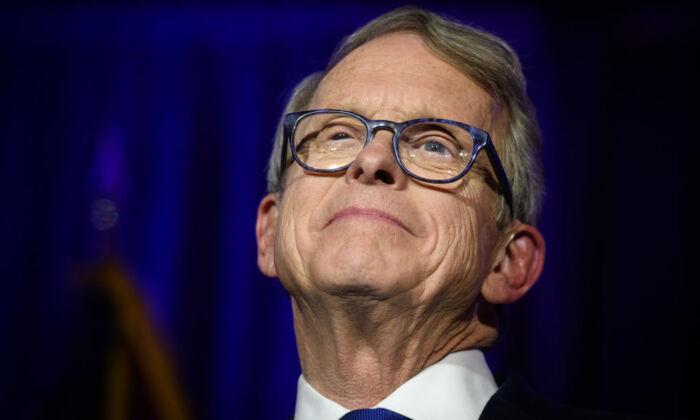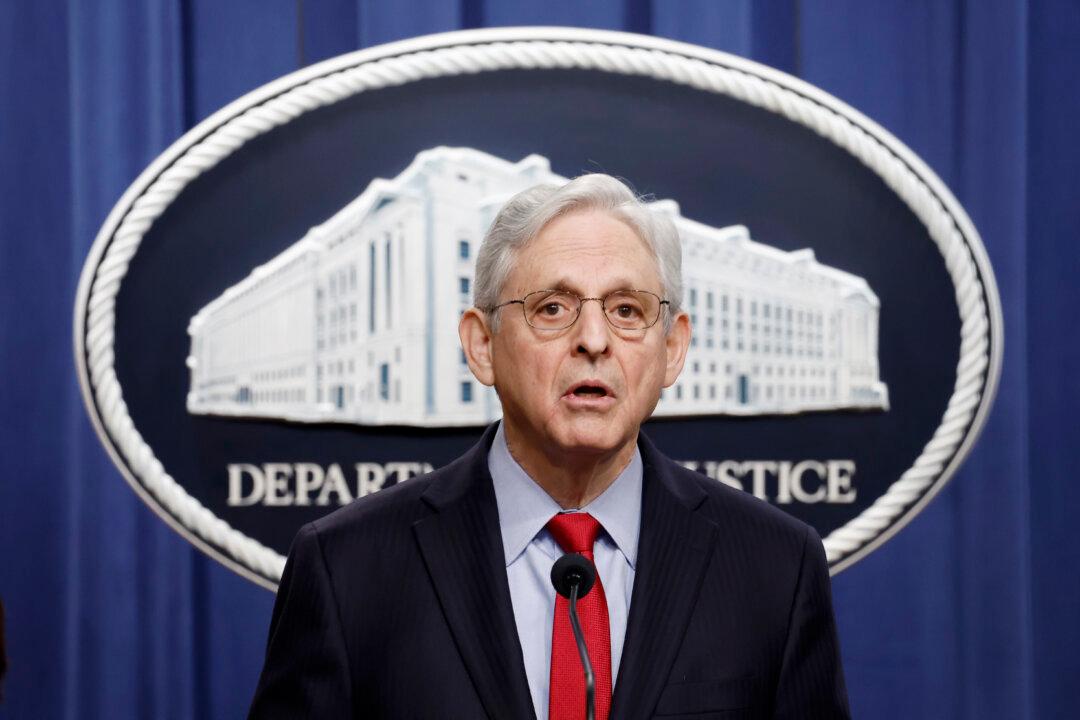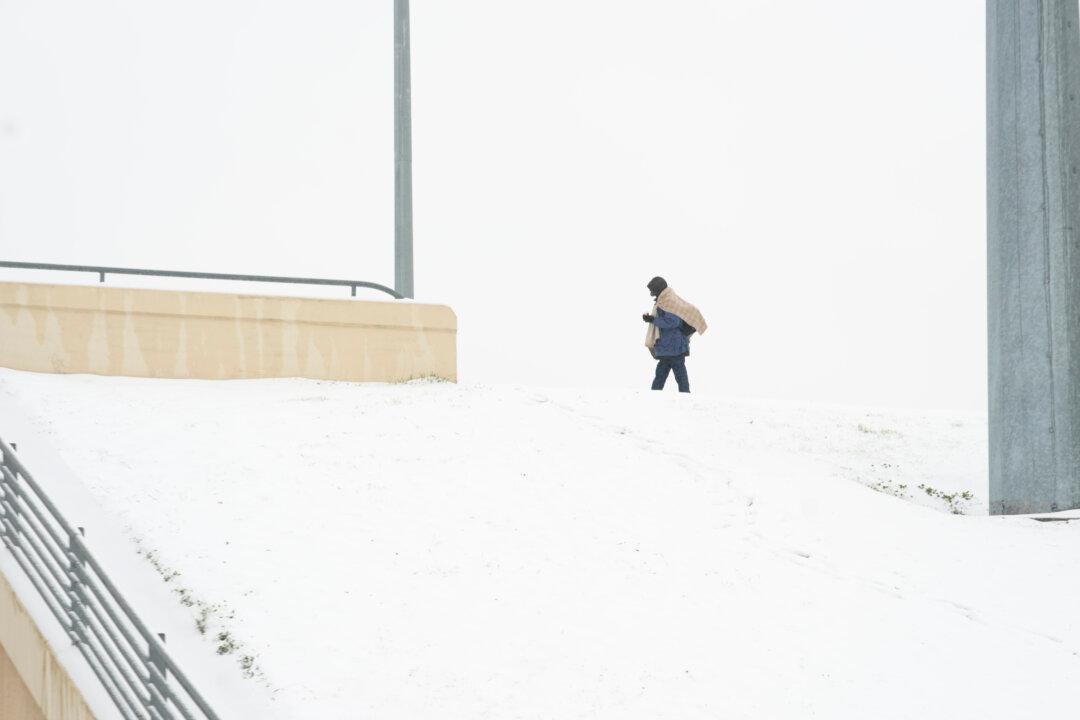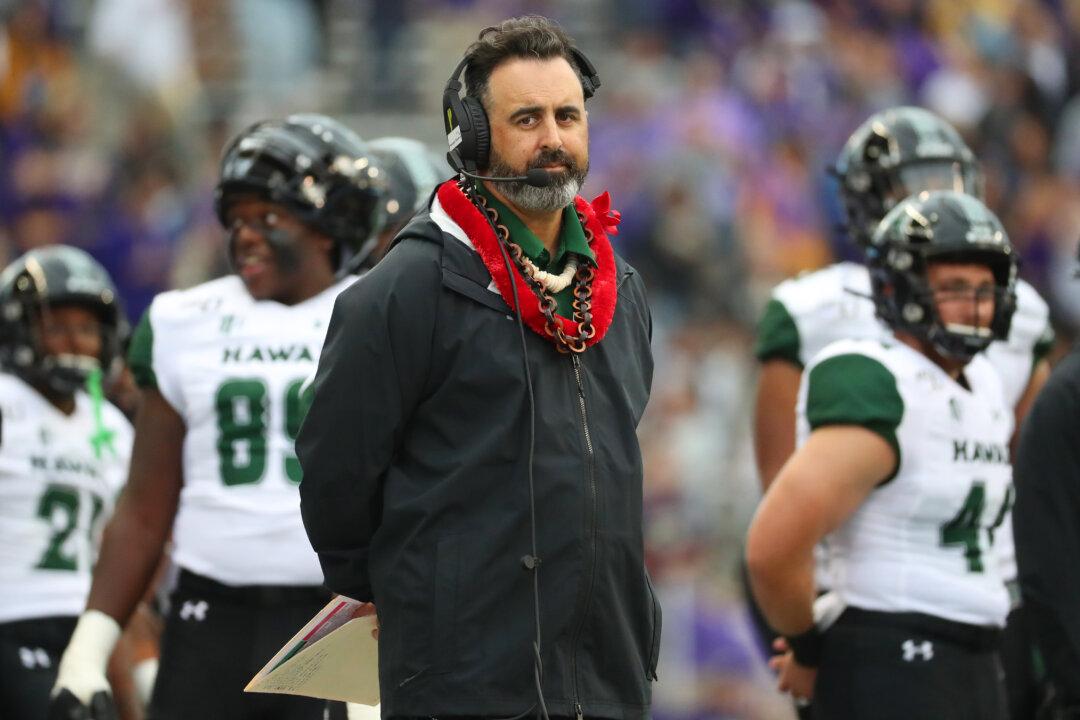Some businesses in Ohio that were shut down under Gov. Mike DeWine’s stay at home order will be able to reopen beginning on May 1, the Republican said on Thursday, even as he warned the workplace would be different than prior to the COVID-19 pandemic.
Ohio has seen the curve of hospitalizations, or the rise and peak, flatten in recent days, a trend that’s continued for a week.
“We must get people back to work,” DeWine said at a press conference.
DeWine used the example of RPM, an Ohio-based company, which has implemented a number of measures in preparation for reopening some facilities.
The measures include regularly checking the stock of personal protective equipment, limiting visitors and screening visitors upon entry, not allowing sick employees at work, and requiring employees keep six feet away from others or, if they’re unable, mandating they wear masks.

“We’re looking to begin this process on May 1,” DeWine said. “We will start with companies that can demonstrate that they can do these things. ... We'll do this with companies where we’ve been able to put together the guidelines and companies that we think can start back down this road.”
The governor declined to directly respond to a question about when schools will reopen and his stay at home order will be loosened or rescinded. He and six other governors announced earlier Thursday a compact to closely coordinate the reopening of their economies. The other states include Michigan, Minnesota, and Illinois.
“We are eager to work together to mitigate the economic crisis this virus has caused in our region. We recognize that our economies are all reliant on each other, and we must work together to safely reopen them,” the governors said in a joint statement.
“Phasing in sectors of our economy will be most effective when we work together as a region. This doesn’t mean our economy will reopen all at once, or that every state will take the same steps at the same time. But close coordination will ensure we get this right.”

‘Different World’
DeWine warned Ohio residents that “the world that we’re going to see is a different world and the world and the workplace is going to be different.”Many people will be wearing masks, both inside and outside of work, and workplaces will have lots of hand sanitizer, social distancing, and barriers.
“This is going to last until we’re done with COVID, until we have a vaccine,” he said.
A vaccine isn’t expected to be available until sometime next year.
Existing and experimental drugs are being tested against COVID-19 and some are showing promise but none have yet been proven to work against the new illness.

The CCP virus is thought to spread mainly from person-to-person. Between people who are in close contact with one another (within about 6 feet) through respiratory droplets produced when an infected person coughs, sneezes or talks, according to the Centers for Disease Control and Prevention.
“These droplets can land in the mouths or noses of people who are nearby or possibly be inhaled into the lungs,” it states on its website.
Health experts are recommending preventative measures including frequently washing hands, wearing a mask and gloves when leaving home, and avoiding crowds and people who are clearly sick.
Ohio relied on projections of up to 62,000 new cases per day if no social distancing measures were implemented. The initial projection for peak cases per day with measures in place was 9,800; that was revised downwards to 1,600. The state reported 448 new cases overnight, along with 101 new hospitalizations and 12 deaths.
Ohio now has 8,239 total confirmed cases, 2,328 total hospitalizations, and 373 deaths.





